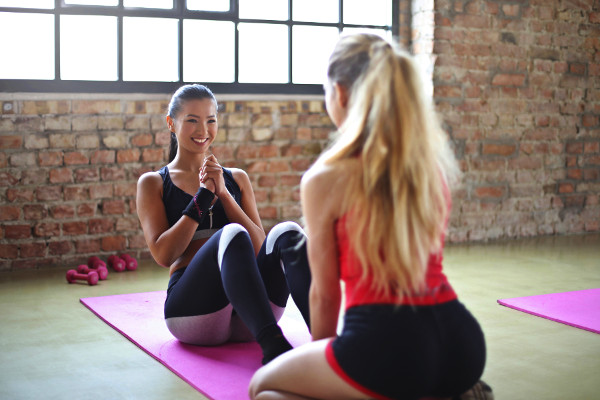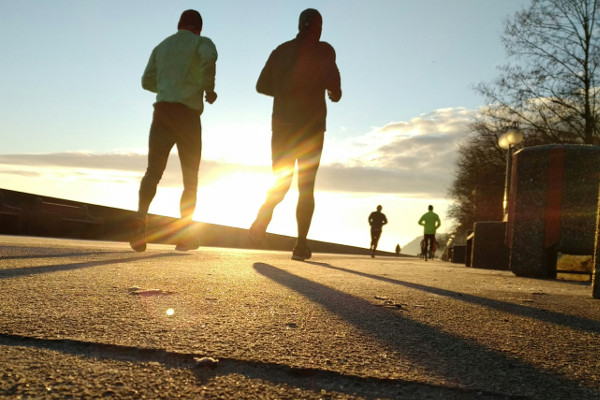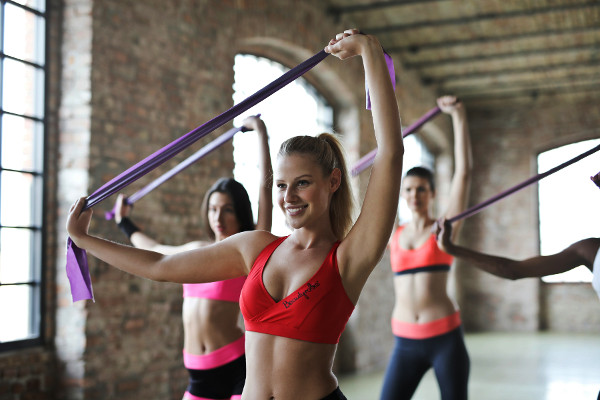How to Succeed When Trying a New Workout Type: Tips for Safe, Effective and Enjoyable Fitness
Trying a new workout type can feel exciting and a bit daunting all at once. It’s a chance to discover fresh ways to move, build strength, and feel alive in your body. But it’s also important to approach this journey with care and curiosity, knowing what to expect and how to stay safe. Whether you’re blending workouts or tracking progress, this guide will help you navigate those first steps with patience and confidence, making the process enjoyable and rewarding.
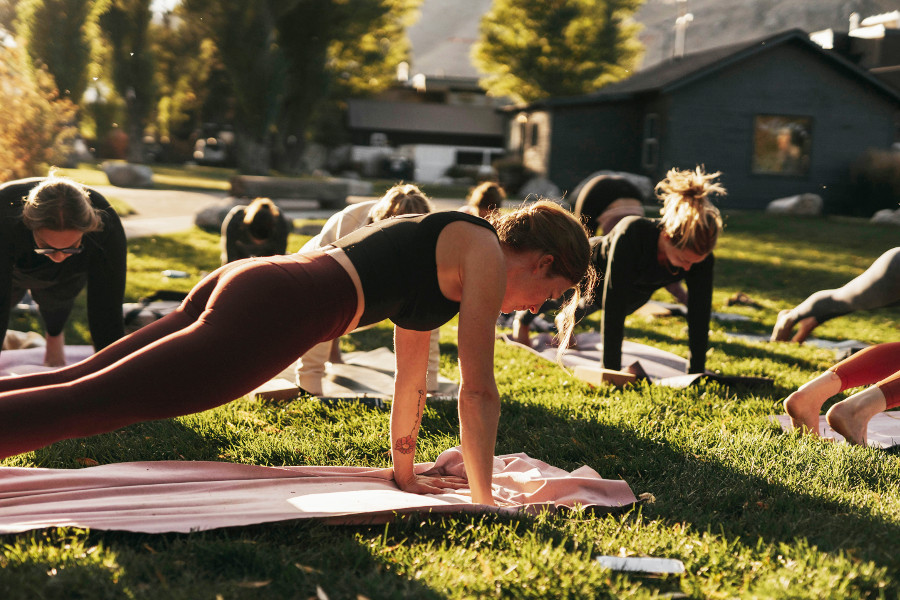
What should I know before trying a new workout type?
Before diving into a brand-new workout, it’s worth taking a step back and understanding what you're getting into. Each workout style comes with its own rhythm, pace and demands – some are fast and intense, others are more measured and mindful. If you’ve never tried it before, start by watching a few videos or reading up on the basics. Know what kind of equipment you might need, and most importantly, what your body can realistically handle. There’s no shame in starting slow. Our bodies are built to adapt, but they need time and patience. Rushing into a new form of physical movement without preparation is like running into a storm without a coat. Do your homework, listen to your body, and let the journey unfold at a gentle, natural pace.
How often should I do a new workout when just starting?
When you’re just starting something new, it’s tempting to jump in with full force. But your body is like a garden – overwatering it won’t make it bloom faster. Two to three times a week is usually more than enough when you're beginning a new workout type. This gives your muscles, joints, and nervous system time to catch up and get familiar with the movements. Rest in between is not laziness – it’s part of the process. Over time, as you get stronger and more confident, you can increase frequency or intensity gradually. Think of it as tuning into a new rhythm, one that your body is learning how to dance to. With patience and care, your new workout will soon feel like second nature.
Can I combine a new workout type with my current routine?
Absolutely. In fact, mixing things up can be one of the best ways to stay motivated and avoid burnout. But like adding a new ingredient to a well-loved recipe, it needs to be done thoughtfully. Look at what your body is already doing, and then see how the new workout fits in. If you’re doing a lot of cardio, adding in some strength work might bring balance. If you're all about weights, maybe a bit of yoga could help with mobility. The key is harmony – not overload. Make sure your body has time to recover and adjust. Some trial and error might be needed at first, but with a bit of attention and curiosity, you’ll find the blend that works for you.
How long does it take to see results from a new workout?
This is one of those questions we all ask, and the truth is – there’s no single answer. Our bodies, like our minds, don’t all respond in the same way. Some changes happen quickly: better sleep, improved mood, more energy. Others, like visible muscle tone or fat loss, can take weeks or even months. Usually, you’ll start feeling different before you start looking different. That’s perfectly normal. What matters most is consistency. If you stay with it, nurture the habit, and pair it with good food, proper rest and a bit of patience, the results will come. Just remember: real transformation doesn’t happen in a hurry – it unfolds gently, like the changing of the seasons.
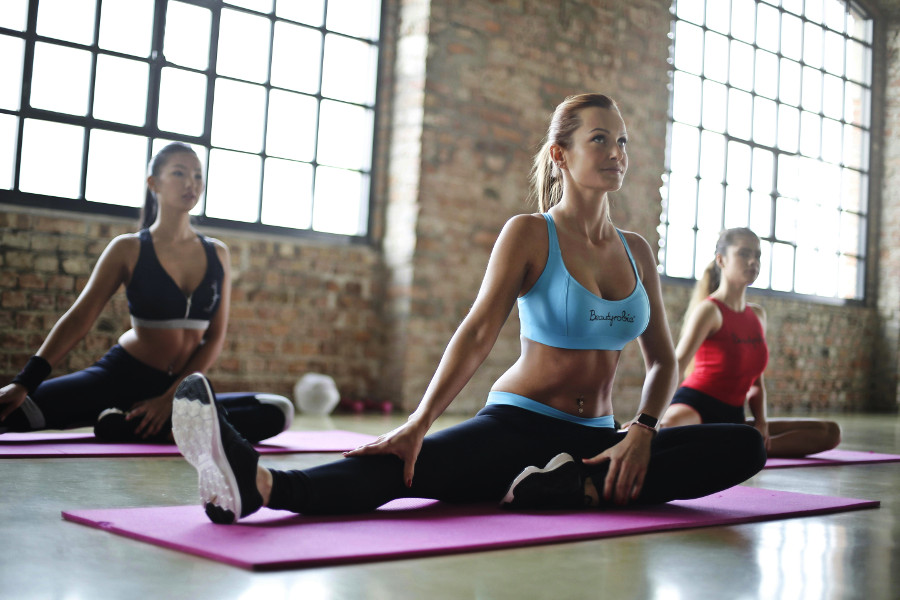
How do I prevent injuries starting a new workout?
When you step into something new, especially a workout, the risk of injury is always there if you’re not careful. But the good news is that with the right approach, it’s easy to reduce that risk. Think of your body like a musical instrument – it needs tuning before it can play well. A proper warm-up, some dynamic movements, and a focus on good form are essential. Don’t rush. There’s no gold medal for going the fastest when you’re just starting out. Rest is just as important as movement. Your muscles grow and repair during downtime. Stay hydrated, eat well, and sleep enough. And above all, listen to your body. Pain is not weakness leaving the body – it’s your body trying to protect itself.
Should I warm up or cool down differently for a workout?
Yes – and for good reason. A warm-up is not just a routine; it’s your invitation to the body to wake up and prepare. Think of it as gently opening a door rather than kicking it down. Start with some light movement, like arm circles, lunges, or jumping jacks – things that mimic what you’re about to do. After your workout, your body needs to return to its calm state. That’s where cooling down comes in. Slow walking, deep breathing, and some light stretching can do wonders. It’s a transition – a way to signal to your body that the work is done. Skipping these steps is like slamming the brakes after speeding – your body doesn’t like that kind of shock.
Is a trainer necessary when trying a new workout type?
A trainer isn’t essential, but it can make the beginning feel a lot less confusing. Imagine you’re learning a new language – it helps to have someone guide your first few conversations. Trainers can teach you how to move properly, avoid common mistakes, and build a program that actually makes sense for your level. That said, not everyone needs one. Some people thrive on self-guided exploration, especially with the help of videos or beginner-friendly apps. The important thing is to stay curious, stay cautious, and stay connected to what your body is telling you. Whether it’s with a coach or on your own, what matters most is that you start – and that you keep showing up.
How should I track progress with a new workout?
Tracking progress doesn’t have to be complicated. Think of it as keeping a journal of your journey – not just the numbers, but how you feel along the way. You can write down what you did, how it went, and how your body responded. Maybe you notice you’re less out of breath, or your posture’s better, or you’re sleeping deeper. Those are all signs of growth. Every so often, take a moment to compare where you are now to where you started. Not just in appearance, but in strength, energy, and mood. Progress isn’t always loud or obvious. Sometimes it whispers. You just have to be quiet enough to notice it.
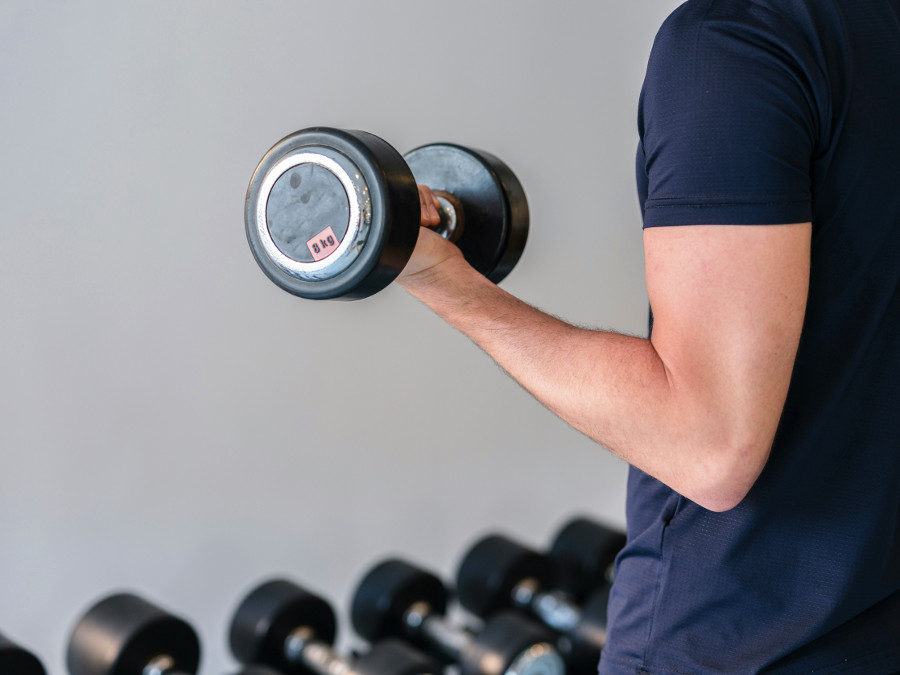
Can a new workout help me lose weight or build muscle?
It can – just like eating well or getting enough sleep can help you feel better. The key is choosing a workout that fits your goal. If you’re aiming to build muscle, strength training is your friend. If you want to burn fat, cardio or high-intensity workouts might suit you better. But remember, movement is only one part of the picture. What you eat, how well you sleep, and how much stress you carry all matter just as much. A new workout is a wonderful spark, but long-lasting change comes from a whole lifestyle shift. Don’t rush it. Let the workout be the beginning of a deeper journey toward well-being.
How do I choose the right intensity or level for a new workout?
The best place to start is with honesty – with yourself and with your body. There’s no prize for pushing too hard too soon. If you can talk comfortably while doing the workout, you’re probably in the right zone. If you’re gasping for air or your form falls apart, you may want to pull back. Begin with beginner-level routines or lower weights, and build from there. Your body will let you know when it’s ready to do more. Like tuning into the frequency of a new radio station, it may take a little time to find the right setting. But once you do, everything starts to feel smoother. The goal isn’t to be extreme – it’s to be consistent.
What are the best resources or apps for beginners?
Luckily, we live in an age where help is just a tap away. For beginners, apps like Nike Training Club, FitOn, or Centr offer guided sessions that feel like having a trainer in your pocket. YouTube is another goldmine – with channels like FitnessBlender or MadFit offering free routines for all levels. If you like structure, try an app like StrongLifts or JEFIT. If you want fun and play, there’s Zombies, Run! or Ring Fit Adventure. Just be sure to choose programs led by people who know what they’re doing – certified trainers, preferably. Start small, explore what you enjoy, and keep it simple. The best app is the one you’ll keep coming back to.
When should I switch to a different workout or progress level?
Change becomes necessary when the workout that once challenged you starts to feel too easy – or too boring. Our bodies, like our minds, crave growth. If you’re no longer sore, not sweating as much, or mentally checking out halfway through, it might be time to add more weight, more reps, or a new challenge. But don’t confuse boredom with burnout. If you're feeling exhausted or unmotivated, maybe what you need is rest, not more intensity. Sometimes switching means leveling up. Other times it means trying something completely different. New styles, new goals, new energy. Don’t be afraid to shake things up. Fitness, like life, is about movement – and movement means change.
Here are a few useful resources for further reading:
- Healthline – Exercise & Fitness
- Reddit – r/Fitness
- ACE Fitness – Exercise Library
- Verywell Health – Functional Strength Training Exercises
Enjoy your journey towards a healthier life.

